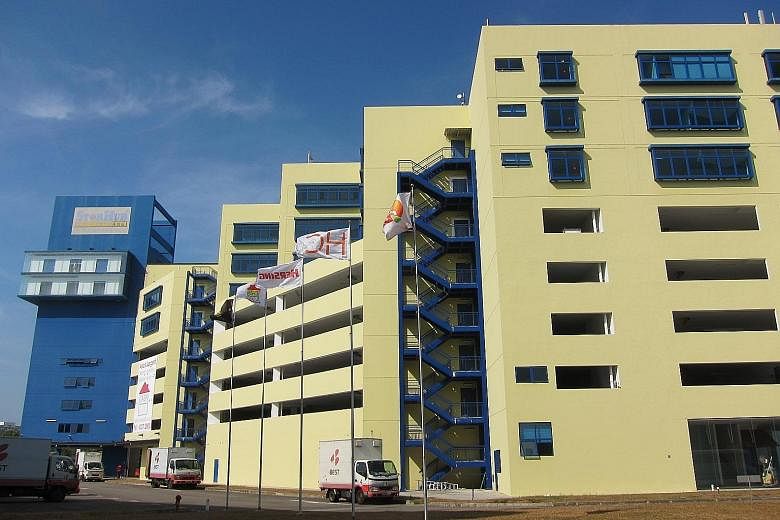Investors are piling into the local self-storage sector, which is enjoying strong growth, thanks to increasing affluence and higher population density, said property consultancy Jones Lang LaSalle.
It noted in a report yesterday that yields on local self-storage facilities - they range from 6.5 per cent to 7 per cent - are more attractive than other traditional, higher-priced assets such as offices.
The self-storage industry is relatively young in Asia but is becoming more prevalent, given the region's crowded cites, higher home prices and increased affluence.
There are other aspects also driving growth in the region, including the need to serve small and medium-sized enterprises and the demand for niche services such as document storage and climate-controlled environments.
While Singapore's self-storage sector is past the stage of rapid growth, stable occupancy and rental levels of facilities here continue to appeal to investors.
Storage buildings are more concentrated in the central, north-east and eastern parts of the island.
Operators typically offer customers flexible lease terms and 24-hour secured access. The average monthly gross warehouse rent was $1.40 per sq ft in the fourth quarter of last year. Average capital values were $184 per sq ft.
Mr Bob Tan, JLL's director of alternatives for Asia-Pacific capital markets, told The Straits Times that some of the major self-storage operators here, such as SingPost and CapitaLand, own most of their facilities and have established a market foothold.
Other operators usually lease industrial space and convert it for storage.
Mr Tan also noted that global demand for self-storage, like any other real estate class, is driven by economic and demographic forces.
"Urbanisation is an important driver for self-storage. Growing urban populations mean smaller and increasingly expensive living spaces in cities, and creation of more renters who move around more frequently," Mr Tan added.

